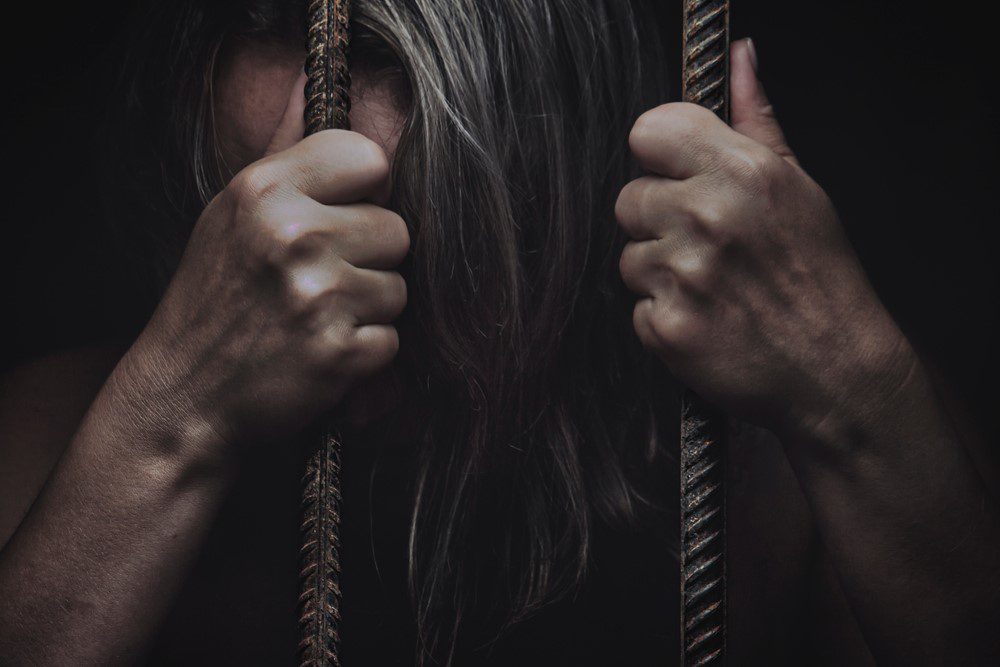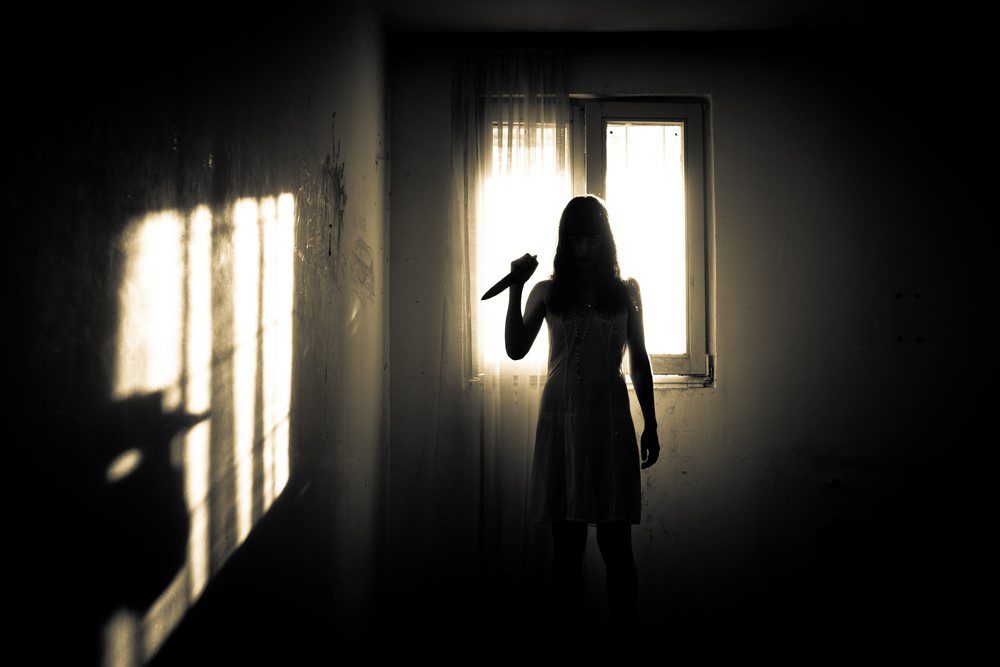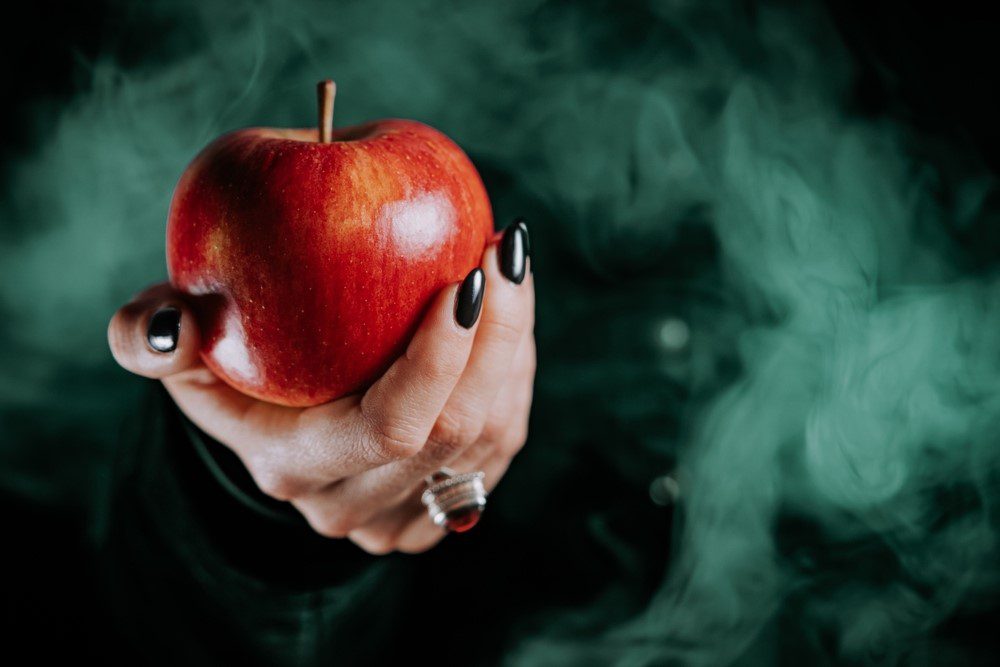The success of the TV show The Horror of Dolores Roach has highlighted how the media generally portrays female serial killers. While serial killers have long occupied the public imagination in an oddly captivating way, the focus has consistently been on male killers.
Real-life figures like Jack the Ripper, Ted Bundy, and John Wayne Gacy dominate true crime lore. But less spotlight shines on the women who kill. While female serial killers may not have the infamy of their male counterparts, they also have a long and deadly history in fiction that’s often overlooked.
In this post, we will thoroughly analyze the evolution of the fictional female serial killer archetype. We’ll explore her shadowy beginnings in early Gothic penny dreadfuls, trace her development into a multidimensional character in psychological thrillers, and examine her breaking with gender norms in contemporary crime novels.
From lady poisoners to angel-of-death nurses, the examination of serial killers in this post will delve deep into the minds and motives of deadly women throughout literary history. This exploration is inspired by the works of various authors, from Wilkie Collins to Thomas Harris and Dan Padavona, all known for their nuanced portrayal of both male and female serial killers.

Origins of the Fictional Lady Killer
One of the earliest known female serial killers in fiction is the character of Lydia Gwilt from Wilkie Collins’s Armadale, published in 1866. Lydia Gwilt is a complex and intriguing character who uses poison to achieve her goals, much like the real-life serial killer, the Marquise de Brinvilliers.
This early literary depiction of a female serial killer engaging in violent crime and serial murder established key traits for many fictional female serial killers to follow. The character of Lydia Gwilt is considered one of the first female villains in the detective novel genre, marking a significant milestone in the evolution of the female serial killer archetype in fiction.
As one of the earliest examples of a female poisoner, Gwilt’s calculated killings revealed women could be just as violently criminal as men. Her motivation for inheriting money foreshadowed another common incentive for women who poison and kill — the hunt for material or financial gain. Gwilt’s attempts to poison her family demonstrated the chilling psychological makeup required to commit crimes that betray one’s own blood.
Penny dreadfuls were 19th-century British pulp fiction publications that got their name from costing a penny per issue. These serialized stories specialized in dramatic, sensational tales about true crime and criminals. The gothic atmosphere and serialized format lent itself well to early fictional female serial killers, with most allowing their tales of serial killers and serial murder cases to unfold gradually over many issues.
Linda Gwilt set the stage for female serial killers as cold, ruthless characters capable of compartmentalizing their humanity to become repetitively murderous monsters.

The Anomalous Deadly Woman in 19th-Century Fiction
In 19th-century gothic tales and sensation fiction, characters like Gwilt remained rare and anomalous aberrations. Their violence was deemed unnatural and uniquely unfeminine. These early depictions echoed old superstitions about witches and female demons, portraying murderous women as inexplicably evil. If reasons were given for their crimes, they often tended toward the supernatural, such as being possessed by spirits or demons.
Other 19th-century Gothic tales of serial murder, such as Joseph Sheridan Le Fanu’s 1872 novella Carmilla, featured female serial killing, vampires, and bloodlust as an allegory for female sexuality and violence.
In general, 19th-century fiction and research still clung to the notion that women were instinctively passive and morally superior to average men. The idea that a woman of average intelligence could rationally choose violence and evil was confounding.
When female serial killers did appear, they were considered bizarre anomalies and outliers. It would take the turn of the 20th century before authors and researchers started more thoroughly investigating the psychology behind these deadly women.
Exploring the Deadly Female Psyche
Around the early 1900s, popular novels delved deeper into obsessions, desires, and past trauma that could plausibly drive women to kill. Mental illness, abuse, repression, and other psychosocial factors became commonly used backstories for fictional lady killers.
Rather than inexplicably or supernaturally evil, these female serial killers had complex motivations rooted in psychological pressures or trauma. Their violence was portrayed as the extreme product of societal limitations on women’s self-determination and power. The deadly woman archetype had evolved from the anomalous monster into a potentially sympathetic, multidimensional figure.
Of course, plenty of plainly psychopathic black widows and femme fatales also continued chilling readers. One example of serial murder from the early 1900s is the character of Phyllis Nirdlinger from the 1936 novella Double Indemnity by James M. Cain. This novella was based on the real-life trial of Ruth Snyder and her lover Judd Gray, who were jointly accused in 1927 of murdering Snyder’s husband. In the novella, Phyllis Nirdlinger is portrayed as a sexually alluring but deadly figure who romanticizes herself as Death. She combines sex and death and is depicted purely as a serial killer, utterly dangerous and demented.
But a more nuanced understanding of the female serial killer psyche crept into mainstream fiction in recent decades.

Defying Gender Norms Around Murder
By the postmodern era, fictional female serial killers and mass murderers were increasingly defined by their deviation from gender stereotypes regarding violence and criminal behavior. Whereas most male serial killers and murderers are often motivated by sexual sadism, thrill-seeking, and a desire for domination, women serial killers and murderers have historically had a wider range of incentives for murder.
Female serial killers have often killed for money, pathological caregiving impulses gone awry, or dysfunctional relationships. Their methods have also tended toward subtle — poisoning rather than more hands-on violence or torture. However rare, today’s fictional female serial killers are progressively casting aside such gendered notions around murder.
From Killing Eve‘s stylish yet brutal assassin Villanelle to YOU‘s fiercely protective stalker Love Quinn, lady serial killers now embrace guns, knives, and strangulation as enthusiastically as their male serial killer counterparts. In The Horror of Dolores Roach, the title character isn’t opposed to getting her hands bloody.
But at the same time, empathy, family ties, and troubled pasts drive certain female serial killer books.
Modern fictional female serial killers exhibit the full spectrum of deadly human behavior as they evade various investigators, the FBI, society in general, and the criminal justice system. Their evolution reflects society’s growing understanding that gender does not determine one’s capacity for an act of violence or evil; society does.

America’s Deadliest Female Serial Killer
Several real-life female serial killer cases have captured the public imagination and influenced fictional works. One of the most haunting is Aileen Wuornos. After an unimaginably traumatic childhood filled with horrific abuse and teen pregnancy, Wuornos turned to prostitution and began murdering her johns in Florida in 1989.
Her chilling story inspired the acclaimed 2003 film Monster, with Charlize Theron’s critically praised performance as Wuornos.
Wuornos’ execution in 2002 influenced fictional works to portray more complex female serial killers and serial murderers with killer motivations beyond the man-hating stereotype. Her case also led to increased discussion about protection for sex workers, as well as debates about the death penalty for victims of severe childhood abuse. Nevertheless, Wuornos remains a figure of controversy, representing both the victims of abuse and the abuser.
Wuornos’ tragic narrative embodied the nuances around the female serial killer psyche. Her backstory highlighted how cycles of abuse can breed extreme violence. Yet she was not absolved of accountability for her crimes.
After her execution in 2002, research and fictional depictions of female serial killers grew more complex. Characters like Wuornos demonstrated the stereotype of women as harmless, empathetic, or reluctant to kill was false. Works began moving beyond the stereotypical serial killer book of killings and serial homicide and past simplistic archetypes into psychological research territory.

Twisted Caregivers and Black Widow Killers
Among history’s deadliest female serial killers is Jane Toppan, nicknamed “Jolly Jane.” As a nurse in Massachusetts between 1895 and 1901, she confessed to poisoning over 31 patients in her care. Her real-life case epitomizes a common fictional archetype — the caregiver killer.
Nurses, mothers, and other women expected to nurture life rather than take it has long intrigued writers. Characters like the manically maternal Annie Wilkes in Stephen King’s 1987 novel Misery externalize women’s repression into brutal violence. Their kind faces hide chilling cruelty.
So-called “black widow” killers like the assassin Beatrix Kiddo in Quentin Tarantino’s Kill Bill also reflect the fictional fascination with women’s wrath. Named for the practice of killing one’s murdered spouse, black widows weaponize their femininity to lethally entrap males for sexual pleasure.
Though their methods differ, these fictional femme fatales prove women’s perceived gentility can mask the same violent instincts as men.
The Future Deadly Leading Lady
So where is the fictional female serial killer headed next? This archetype continues to evolve even as gender norms around violence break down. Works like TV’s Killing Eve, the novel My Sister, the Serial Killer by Oyinkan Braithwaite, and The Horror of Dolores Roach demonstrate women can be just as cunning, ruthless, dangerous, and psychologically complex as their male counterparts when it comes to murder and torture. Braithwaite’s work, for example, also explores non-Western cultural contexts for female criminality.
Once considered inexplicable anomalies, fictional female serial killers now realistically exhibit the full spectrum of deadly human behavior, motivations, and methods. Their fictional roles span from violently psychopathic villains to tragically understandable figures.
As long as our fascination with the criminal psyche persists, lady serial killers will surely thrive in fiction. Their future narratives promise to be as unpredictably lethal as their pasts.
As views on gender and evolutionary psychology continue to evolve, we may see more exploration of fluid serial killer identities. Works could examine gender as a complex, nuanced spectrum, even in portrayals of violence and evil. Stories could also highlight evolutionary psychology and social and institutional factors that breed criminality. While the deadly leading lady continues captivating us, her fictional evolution is far from over.
The Deadly Leading Lady Is Here to Stay
So there you have it — a deep dive into the evolution of the average fictional female serial killer across the centuries, from mademoiselle to monster. While female serial killers’ are often overlooked compared to notorious male serial killers, deadly women have their own captivating history in fiction. These characters subvert gender expectations and expose the fallacy that women are somehow less capable of monstrous acts.
As female serial killer characters shed simplistic stereotypes, they showcase a riveting range of incentives, methods, backgrounds, and pathologies. From poisoning penny dreadful femme fatales to traumatized trauma nurses turned killers, these multidimensional murderesses intrigue and horrify us.
Female serial killers have killed across literature, film, television, and beyond — and will continue to kill and haunt our imaginations, blade or poison in hand.
So watch your back because the fictional lady killer is here to stay, continuing to evolve and spellbind us for years to come.












